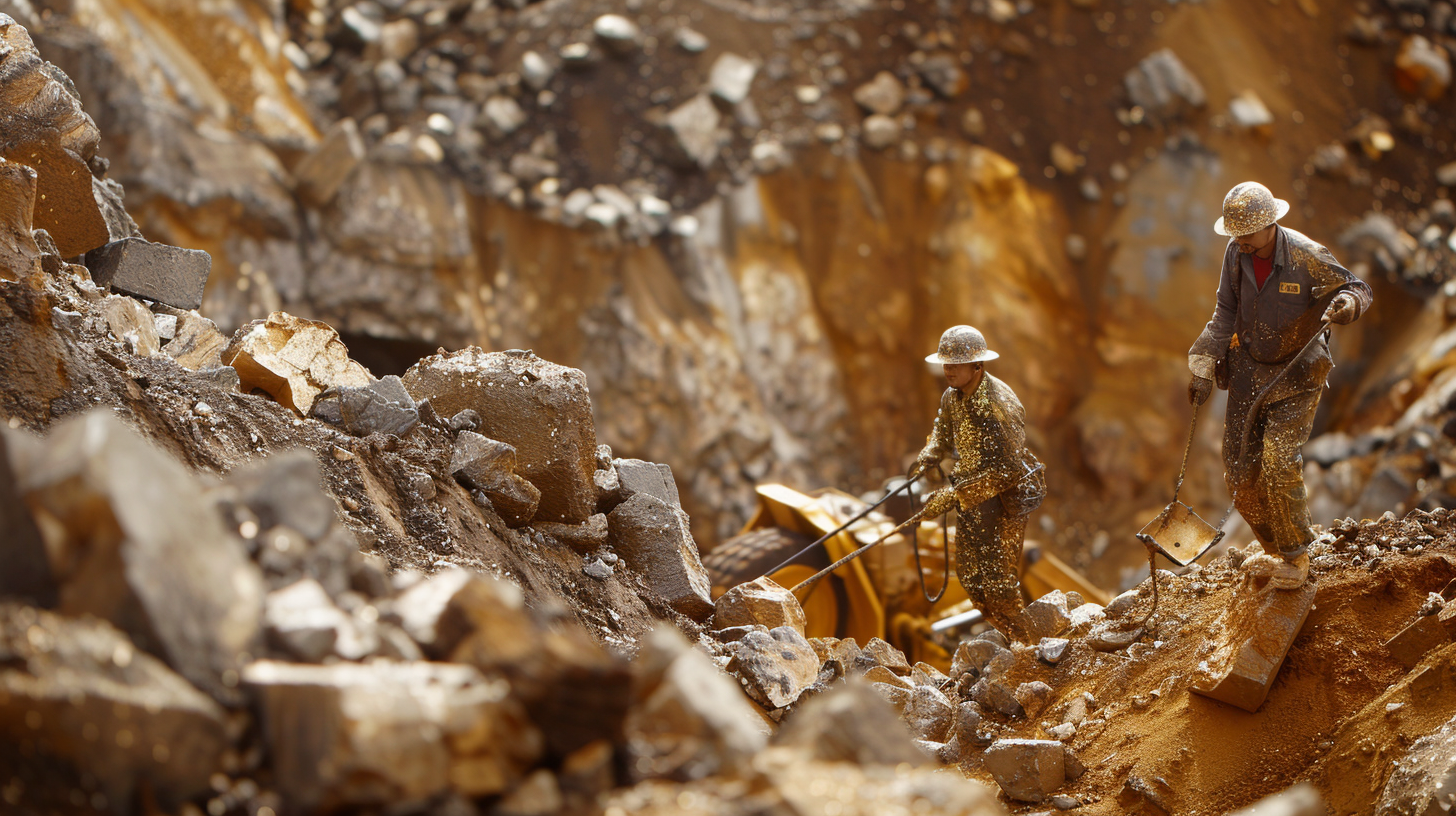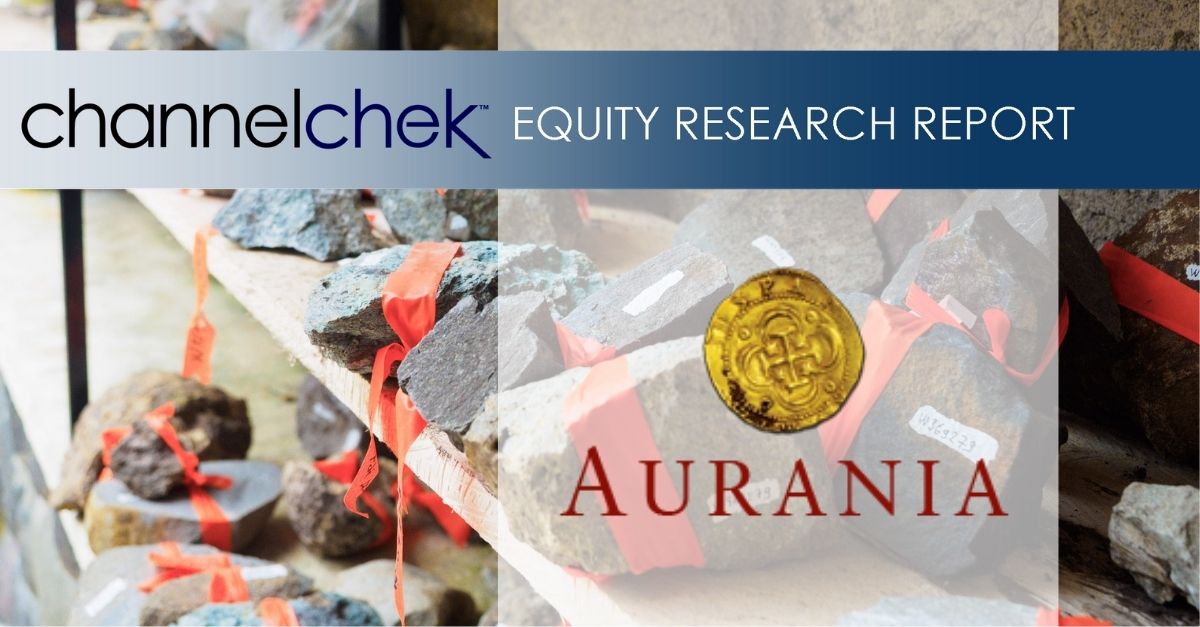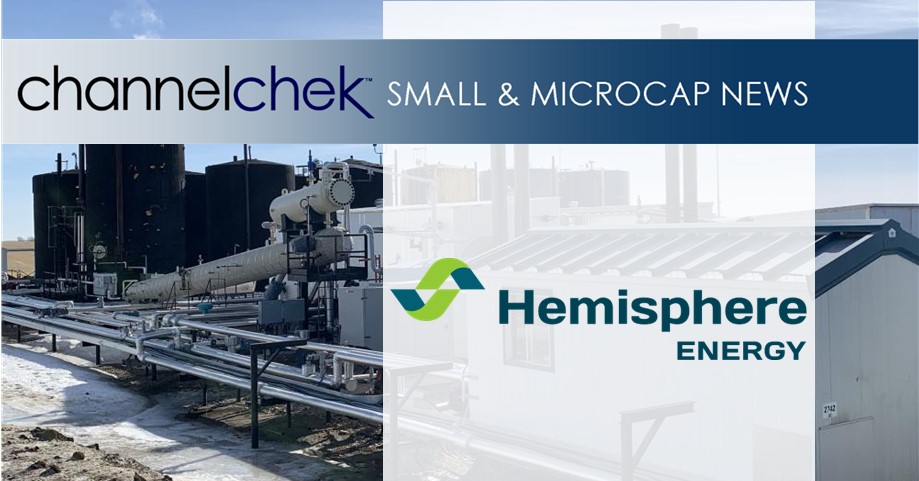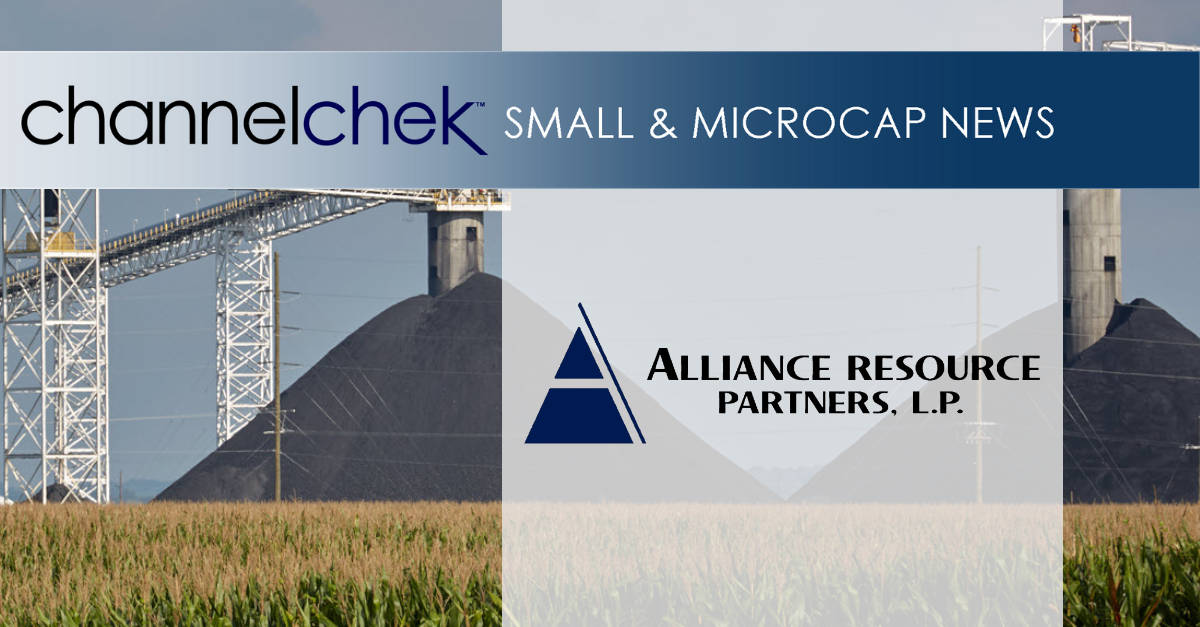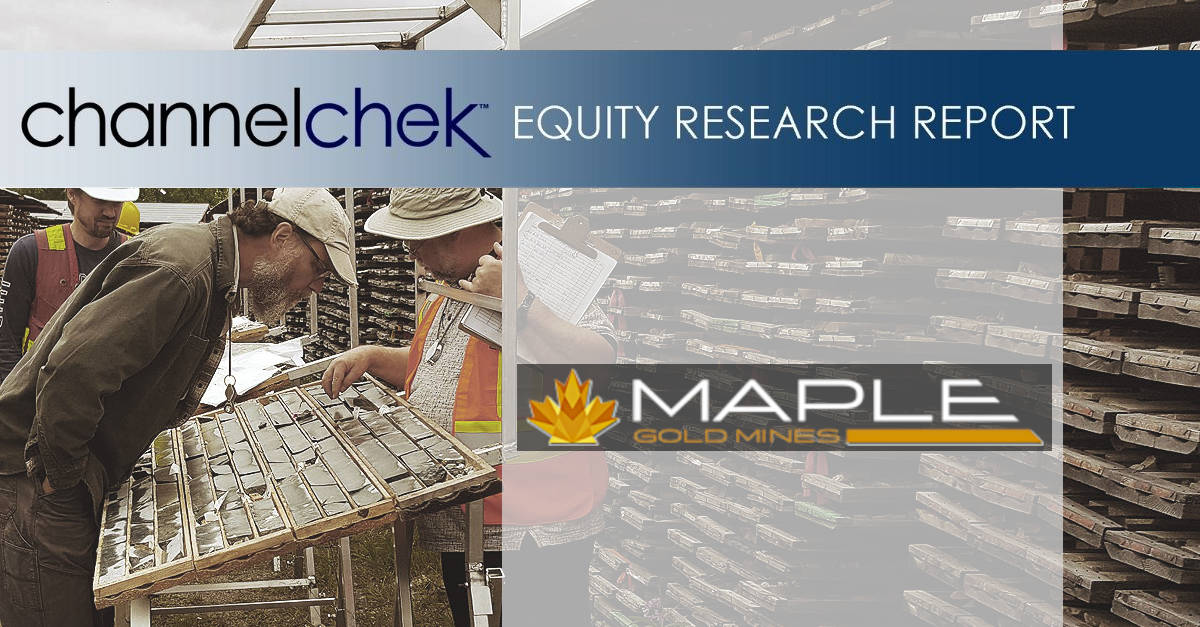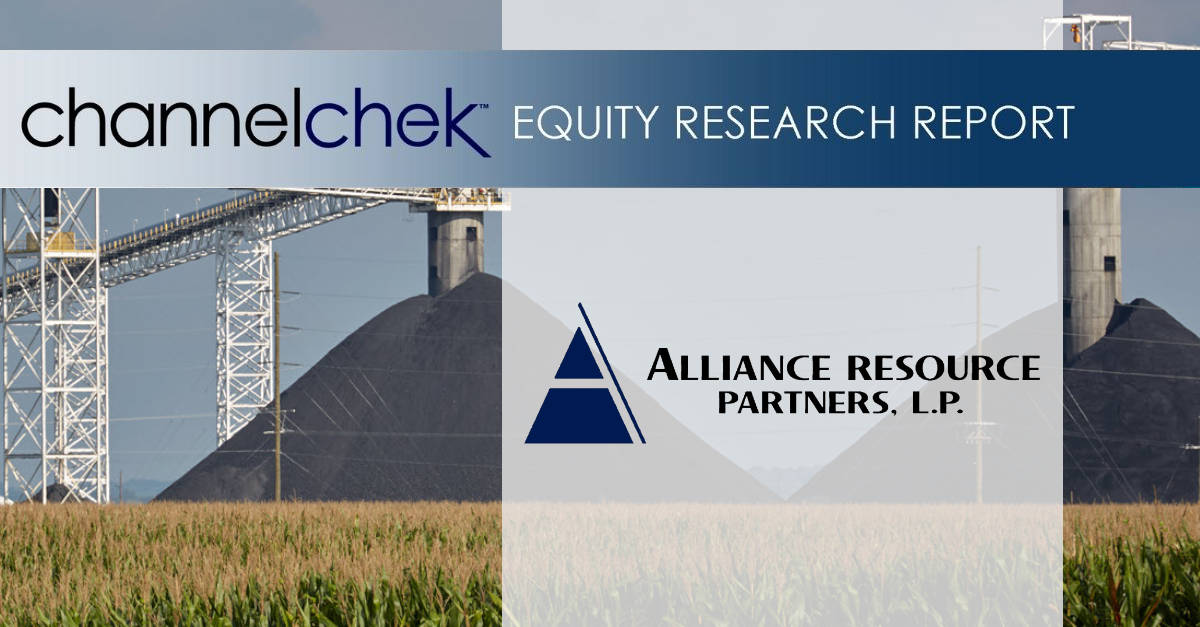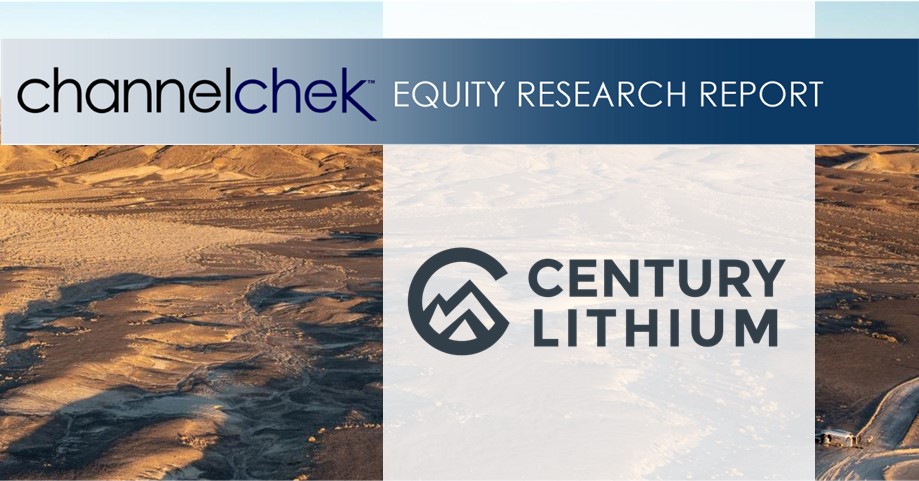In a move to create a new exploration player focused on British Columbia’s mineral-rich Golden Triangle, Eskay Mining Corp. and P2 Gold Inc. have agreed to join forces through an all-share merger. The combined company will also gain a foothold in Nevada’s Walker Lane Trend through P2’s Gabbs gold-copper project.
Under the terms of the deal announced Monday, P2 Gold shareholders will receive 0.2778 Eskay shares for each P2 share they hold. When the transaction closes, expected by October 31st, existing Eskay shareholders will own approximately 80% of the combined company, with P2 investors holding the remaining 20%.
The merger brings together two mineral exploration companies with complementary assets and expertise in prolific mining jurisdictions. Eskay’s flagship asset is its Eskay-Corey property, a large 52,600 hectare land package located in the heart of the Golden Triangle of northwestern British Columbia. This region has gained prominence in recent years due to successful mine developments by companies like Pretivm, Seabridge Gold, and others operating in the area.
P2 Gold, meanwhile, holds the Gabbs project in Nevada’s Walker Lane mineral belt. A 2022 preliminary economic assessment outlined a potentially robust mid-sized open pit mine at Gabbs producing over 100,000 ounces of gold and 13,500 tonnes of copper annually over a 14-year mine life. The deal provides the combined company with a more advanced, development-stage asset to complement Eskay’s exploration upside in the Golden Triangle.
The current Eskay CEO, who will transition to the role of Chair for the merged entity, touted it as a significant step toward finding the next major discovery in the Golden Triangle region. He praised the P2 team’s track record of strong exploration results in the area.
The current P2 President and CEO, who previously helped discover and develop Pretivm’s high-grade Brucejack gold mine in the Golden Triangle, will take the helm as CEO of the as-yet unnamed combined company. P2 has already been contracted to plan and execute the 2024 exploration program at Eskay-Corey under an exploration services agreement.
In addition to exploration upside, the merger is expected to provide improved access to capital markets for funding the advancement of the companies’ project portfolio. As single assets, Eskay and P2’s respective market caps were around C$40 million each, limiting their ability to raise funds for major programs.
One investment manager sees the deal unlocking value, stating the combined company will have much more relevance and reduce single asset risk, putting it on the radar for more institutional investors and funds.
Prior to closing, P2 Gold will settle approximately $1.7 million in outstanding convertible debentures and $1.2 million in shareholder loans through share issuances. The transaction remains subject to shareholder approvals from both companies as well as regulatory and court approvals.
The merger continues the wave of consolidation across the mining sector, as companies seek economies of scale and diversified asset bases. If successful, the combined Eskay-P2 entity will aim to leverage its exploration and development expertise to establish new mines in mining-friendly North American jurisdictions.

